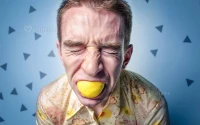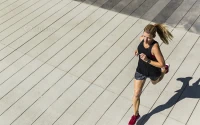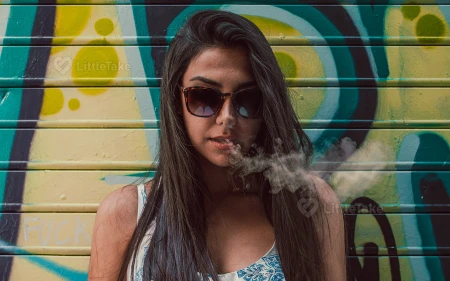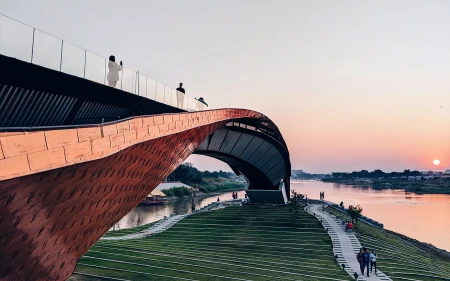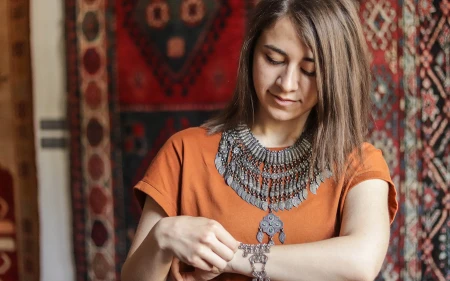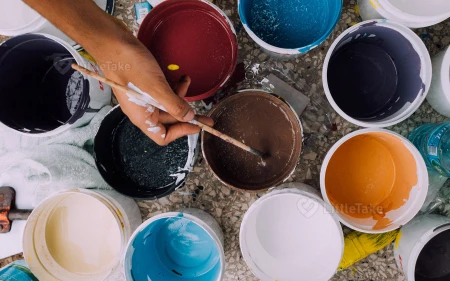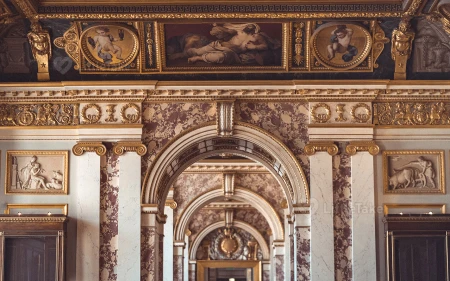
Contemporary Art Trends and Movements
Explore the dynamic world of contemporary art, featuring bold styles, innovative techniques, and diverse themes.
1. Street Art and Graffiti
Street art and graffiti, once considered subversive, now hold a prominent place in contemporary art, with artists like Banksy and Shepard Fairey leading the way.
2. Digital Art and New Media
The rise of technology has birthed new forms of art, such as digital painting, virtual reality installations, and generative art, challenging traditional artistic boundaries.
3. Abstract Expressionism Revisited
Modern artists are reinterpreting abstract expressionism, exploring gestural painting and large-scale canvases, echoing the works of Pollock and de Kooning.
4. Environmental Art
As ecological concerns grow, artists are creating works that highlight environmental issues and promote sustainability, often using natural materials.
Contemporary art is a diverse and ever-evolving realm, reflecting the rapidly changing world we live in. From bold street art to cutting-edge digital creations, these trends and movements demonstrate the endless possibilities of artistic expression.
One of the most striking contemporary art trends is the widespread embrace of street art and graffiti. Once dismissed as vandalism, these forms of expression now command respect and admiration within the art world, with major galleries showcasing works by prominent street artists such as Banksy and Shepard Fairey.
Technology has also played a significant role in shaping contemporary art, giving rise to new media and digital art forms. Artists are increasingly harnessing the power of computers, virtual reality, and artificial intelligence to create stunning visual experiences, challenging traditional notions of what constitutes art.
In recent years, we have also witnessed a resurgence of abstract expressionism, with contemporary artists revisiting the gestural painting techniques and large-scale canvases made famous by the likes of Jackson Pollock and Willem de Kooning. This renewed interest in abstraction reflects a desire to explore the emotional and spiritual dimensions of art, transcending the limits of representation.
Finally, as environmental concerns come to the forefront of public discourse, many artists are incorporating ecological themes into their work. These environmentally conscious pieces often utilize natural materials or promote sustainable practices, raising awareness of pressing issues such as climate change and habitat loss.
The diverse and dynamic world of contemporary art offers endless opportunities for creative exploration, inviting us to rethink our assumptions and engage with the world in new and meaningful ways.










